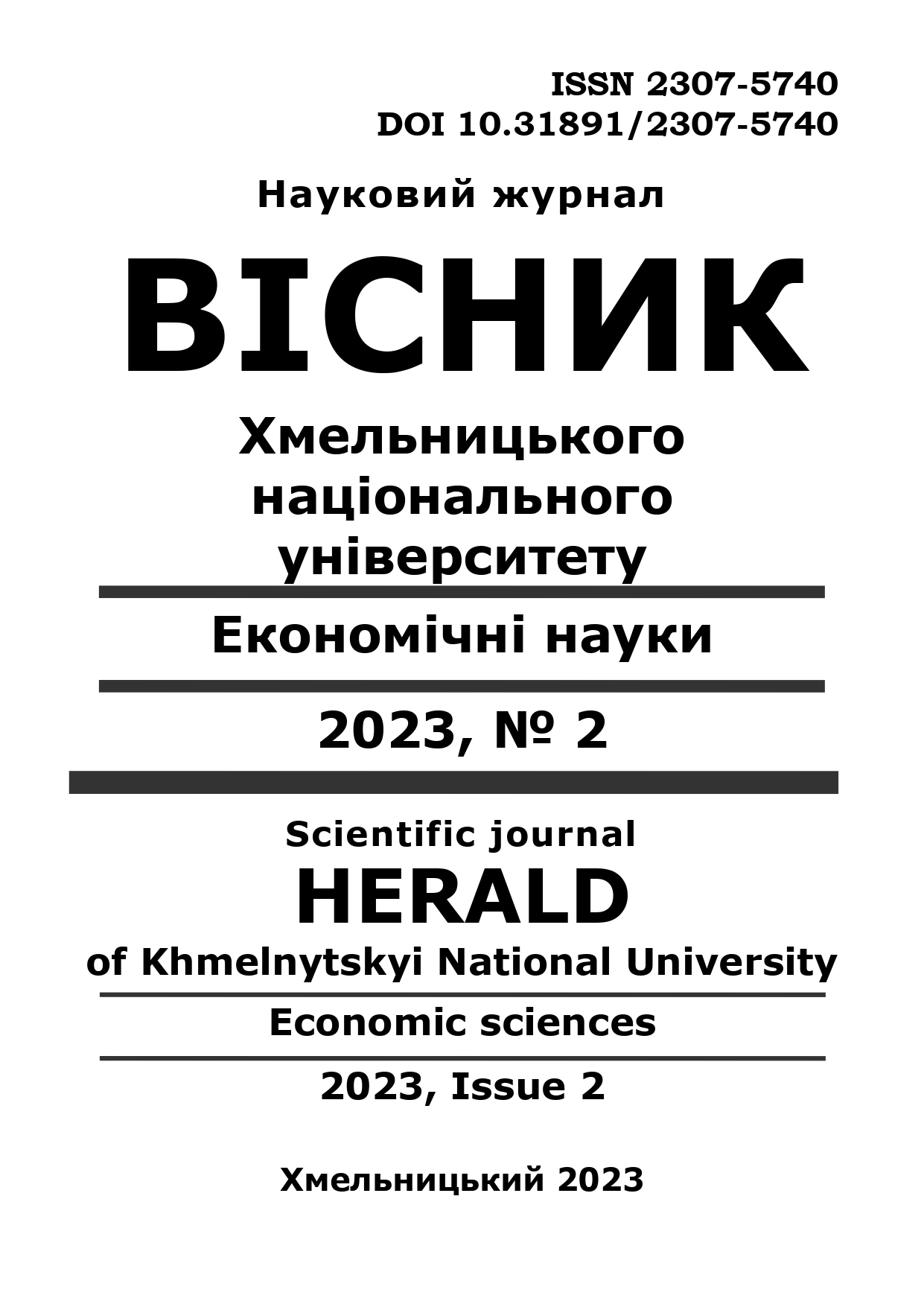FEATURES OF MANAGING SOCIAL CONFLICTS BY PUBLIC AUTHORITIES
DOI:
https://doi.org/10.31891/2307-5740-2023-316-2-10Keywords:
features, management, social conflicts, public authoritiesAbstract
The article examines the peculiarities of managing social conflicts by public authorities. It is determined that the diversity of society can lead to conflicts due to the divergence of interests of different organizations and people. The state must intervene quickly to properly resolve disputes between the parties. In practice, the government that seems more prominent represents the state. Governments have all the power and perform all tasks on behalf of the state.
According to most political definitions, the state is the only legitimate use of physical violence in society. So, by definition, it is almost involved when there is an armed conflict in society. However, violent control is not the only distinguishing feature. There are also financial, territorial, and ideological monopolies. The simultaneous implementation of these four monopolies ensures unity within the state and international independence.
Various social conflicts that occur in society are a form of social catastrophe. These disasters were caused by human activity. Some of the drivers of social conflicts include gaps in economic differences, differences in political understanding between communities, discrimination, injustice, disobedience, neglect, and lack of understanding among a group of people. Proper treatment is to create peace in society. The role of local authorities is necessary to find appropriate forms of solutions. Early identification of problems and ways to solve them should be comprehensive. Identifying complex social problems is an attempt to increase sensitivity to emerging social problems. Sensitivity refers to the form of sensitivity when detecting a problem that includes frequency, prevalence, and trend. Social harmony programmes are designed as peaceful conflict resolution. Social harmony is a social condition that guarantees the creation of dynamic, harmonious and balanced relationships and social interactions between community members so that they can live peacefully side by side on the basis of equality, cohesion and true brotherhood. Maintaining peaceful conditions in a community is characterized by a harmonious social life (full tolerance and mutual support) to create social cohesion. Social conflict is a phenomenon that will continue to exist and cannot be separated in people's lives, regardless of the positive and negative consequences that it causes. Local community culture, or often known in the community as local wisdom, can be a conflict management tool to create social harmony. The presence of local culture in the form of local wisdom, which has been agreed upon by mutual agreement, is another alternative and should be considered by the community, community leaders, the government and peace-supporting organizations as a means of resolving social conflicts.


